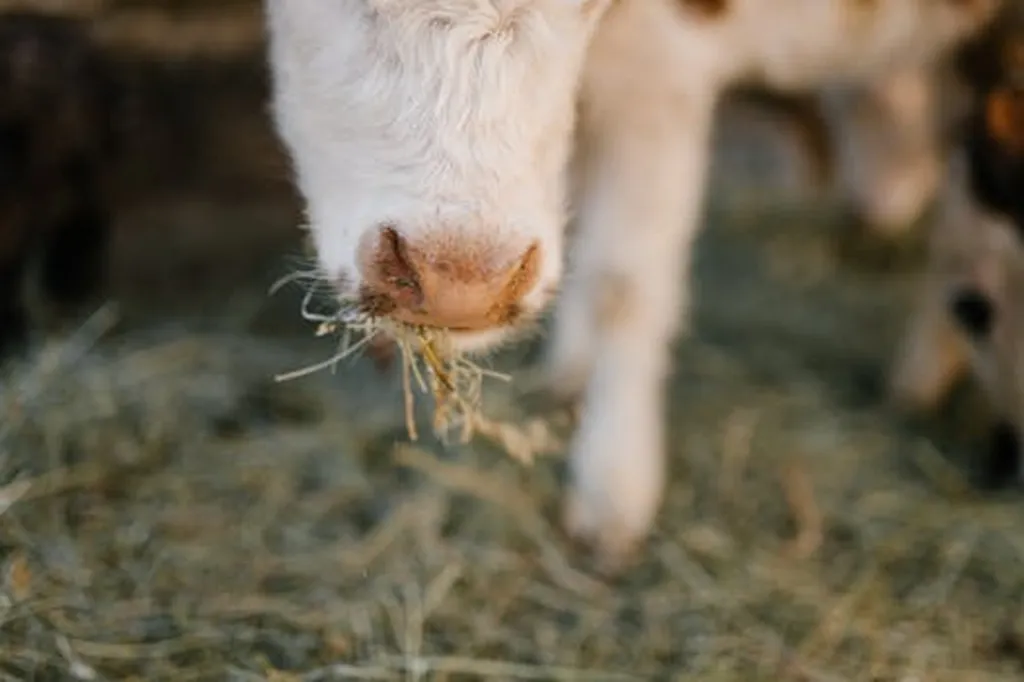In the heart of Haiti, a silent transformation is reshaping the agricultural landscape, and new research is shedding light on the profound implications for the country’s food security and ecological health. A study published in the journal *Land* has uncovered alarming trends in the agricultural plains of Cul-de-Sac, Maribahoux, and Léogâne, where uncontrolled urbanization is encroaching upon vital farmland, threatening both productivity and biodiversity.
Using advanced remote sensing techniques and landscape metrics, lead author Roselande Jesuka and her team at the Henry Christophe Campus of Limonade, State University of Haiti, tracked changes in land use and land cover from 1997 to 2024. Their findings paint a stark picture of rapid urban expansion, primarily at the expense of agricultural land. “The data reveals a dramatic increase in built-up areas and bare soil, particularly in the Cul-de-Sac plain, where these areas grew by 152%,” Jesuka explains. “This expansion has led to significant fragmentation of farmland, compromising its ecological integrity and productivity.”
The study highlights the Cul-de-Sac plain as a hotspot for urban pressure, with agricultural land becoming increasingly fragmented. The largest patch index (LPI), a measure of landscape configuration, dropped from 94.51% to 57.63%, indicating a loss of large, contiguous farmland areas. “This fragmentation not only reduces the efficiency of agricultural practices but also disrupts ecological connectivity, which is crucial for maintaining biodiversity and ecosystem services,” Jesuka notes.
In Maribahoux, the urbanization process was more moderate, with a temporary rise in woody vegetation that peaked at 20.04% in 2022 before declining. Meanwhile, the Léogâne plain experienced a 17.38 km² increase in built-up areas and bare soil, alongside a slight decrease in woody vegetation. Population density disparities were particularly marked in Cul-de-Sac, where landscape transformation was most pronounced.
The commercial impacts of these changes are far-reaching. Agricultural fragmentation can lead to reduced crop yields and increased production costs, as farmers struggle to manage smaller, scattered plots of land. Additionally, the loss of ecological connectivity can disrupt pollination services and natural pest control, further challenging the agricultural sector.
This research underscores the urgent need for land-use planning that curbs urban growth, protects farmland, and safeguards biodiversity. “We must prioritize sustainable land management practices and invest in technologies that can help farmers adapt to these changing landscapes,” Jesuka emphasizes. “This includes promoting agroforestry, implementing precision agriculture techniques, and developing policies that support the protection of agricultural land.”
As Haiti grapples with these challenges, the findings from this study serve as a wake-up call for policymakers, agricultural stakeholders, and the broader community. By addressing the root causes of agricultural fragmentation and urban pressure, Haiti can work towards a more sustainable and resilient future for its agricultural landscapes and the communities that depend on them.
The research, published in *Land* and led by Roselande Jesuka from the Henry Christophe Campus of Limonade, State University of Haiti, provides a critical foundation for understanding the spatio-temporal dynamics of land use and land cover change in Haiti. As the country navigates these complex issues, the insights gained from this study will be invaluable in shaping future developments and ensuring the long-term viability of its agricultural sector.

